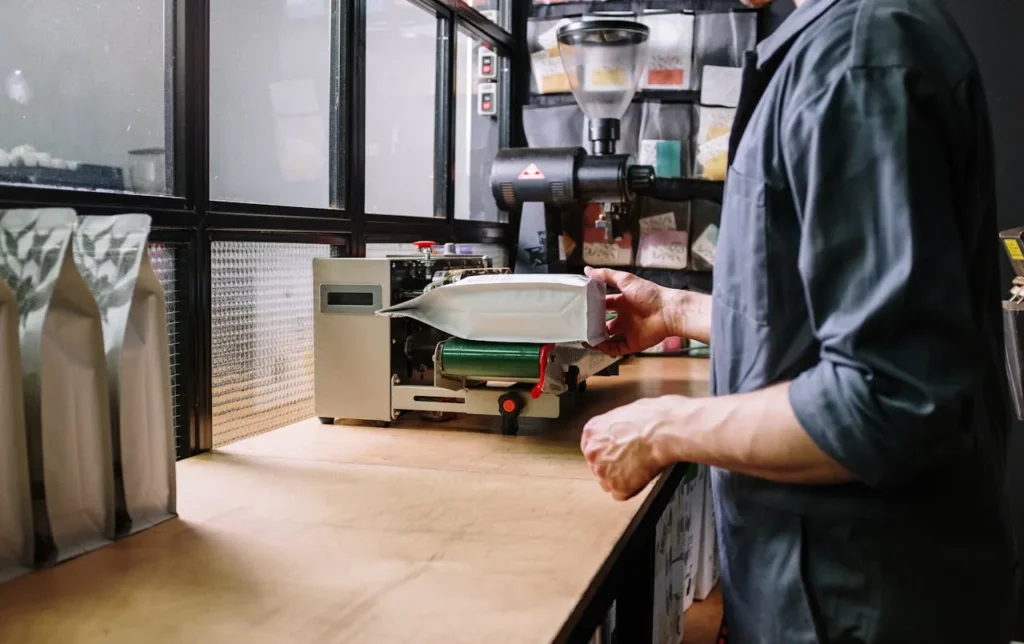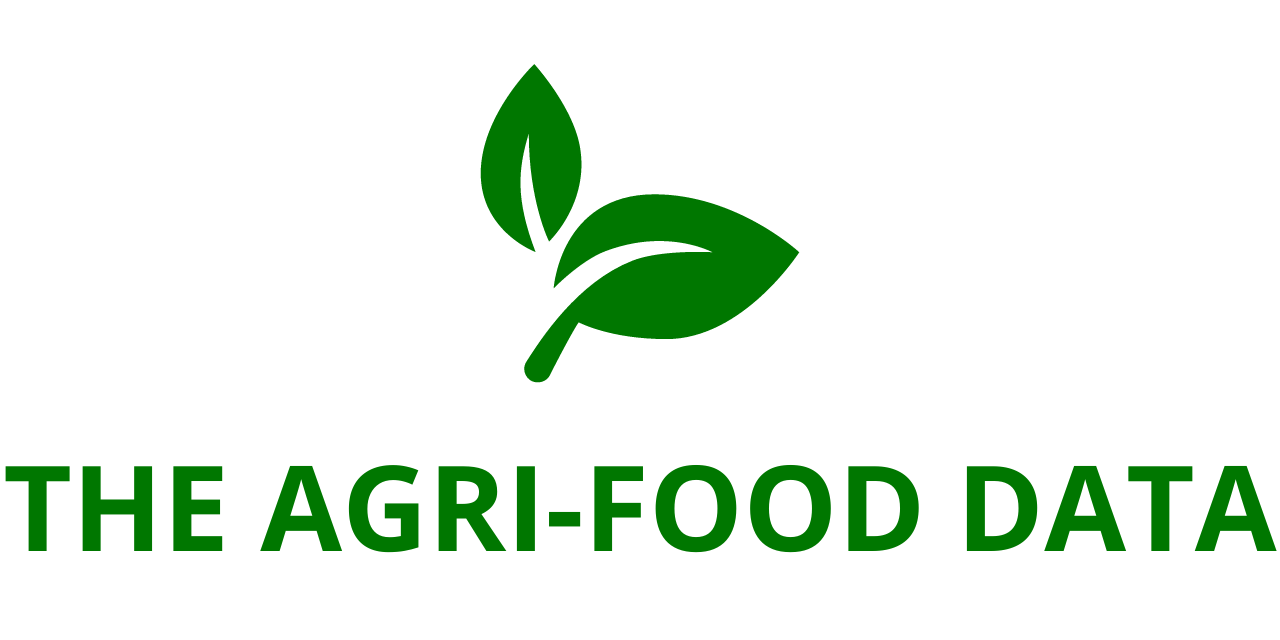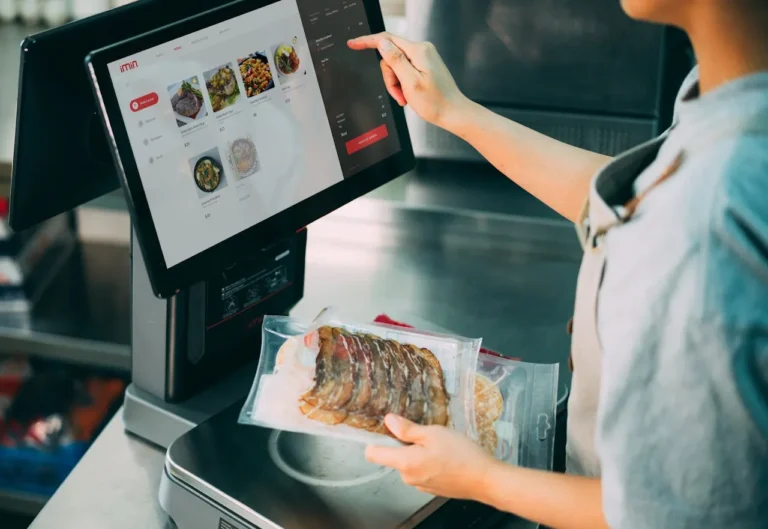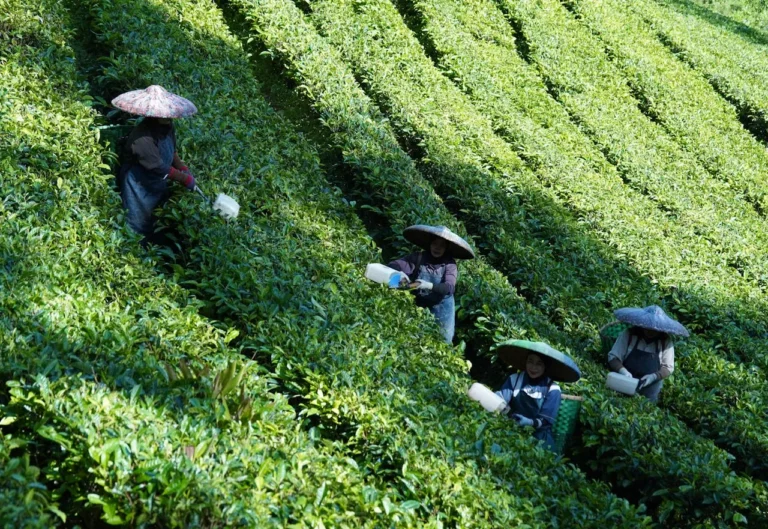
NSF International, a globally recognized authority in public health, safety, and standards development, has announced the launch of its latest protocol: NSF P525: Safe Food Packaging. This landmark initiative is designed to address the growing concern over the presence of hazardous chemicals in food contact materials (FCMs), including packaging that comes into direct contact with food and beverages. The protocol represents a major advancement in protecting human health by establishing rigorous, science-based criteria for the elimination of chemicals of concern from food packaging.
Recent studies have highlighted the pervasive nature of food contact chemicals (FCCs) in everyday products. Many of these substances have been linked to serious health risks, including carcinogenic, mutagenic, and reprotoxic (CMR) effects, endocrine disruption, and bioaccumulation in the human body. According to Geueke et al. (2025), approximately 80 of the known FCCs detected in humans are hazardous, contributing to long-term health issues and raising significant public health concerns. NSF P525 directly responds to this challenge by providing a structured framework for evaluating, certifying, and promoting safer food packaging materials.
What NSF P525 Certification Entails
NSF P525 certification applies to single-use, primary, and secondary packaging designed for direct contact with food and beverages. The protocol incorporates a rigorous, science-driven approach to ensure the removal or significant reduction of harmful chemicals, including some of the most commonly scrutinized compounds such as Bisphenol A (BPA), per- and polyfluoroalkyl substances (PFAS), heavy metals, and phthalates. Achieving certification demonstrates that a manufacturer is committed to both consumer safety and regulatory compliance, while also fostering trust and confidence among customers increasingly concerned about the safety of food packaging.
“Recent research has underscored the health risks of toxic substances leaching from packaging into food, increasing concerns among both consumers and manufacturers,” said Sam Cole, Director of Food Contact Evaluations at NSF. “When you see the NSF P525: Safe Food Packaging certification mark on a product, you can rest assured it has undergone comprehensive review by independent, third-party technical experts and scientists, helping to verify limited exposure to chemicals of concern.”
The protocol was developed in consultation with a Protocol Development Panel, which included representatives from across the food packaging industry, as well as retailers and food manufacturers. This collaborative approach ensures that NSF P525 reflects the latest science, regulatory requirements, and industry best practices. NSF’s extensive experience in protocol and standard development—spanning over 80 years—underpins the credibility and robustness of this new certification.
Key Components of NSF P525 Certification
The NSF P525 certification process is designed to provide comprehensive assurance of food packaging safety. The evaluation typically involves one or more of the following elements:
- Regulatory Compliance Assessment
Each packaging product is reviewed against region- or country-specific regulatory requirements, ensuring alignment with relevant legislation and safety standards. This step helps manufacturers mitigate the risk of non-compliance and facilitates access to multiple global markets. - Material Migration Testing
NSF evaluates food contact materials using advanced laboratory testing with food simulants. This testing determines whether any chemicals might migrate from the packaging into the food or beverage product. A thorough technical review follows, confirming that identified chemicals remain below established safety thresholds.

- “Free From” Claim Verification
In addition to general safety, NSF P525 allows manufacturers to substantiate specific “free from” claims. This includes confirmation that materials are free from BPA, PFAS, phthalates, mineral oil aromatic hydrocarbons (MOAH), and heavy metals such as lead, arsenic, cadmium, and mercury. These validations help manufacturers communicate safety claims with credibility and transparency, providing consumers with reliable information to guide purchasing decisions.
Comprehensive Coverage Across Packaging Types
NSF P525 certification applies to a wide range of packaging forms, ensuring that nearly all common food contact materials are addressed. Certified packaging types include, but are not limited to:
- Bowls, boxes, and cartons
- Cans and clamshells
- Cups, films, and foils
- Jars, plates, trays, tubs, tubes, and pouches
- Sachets and wrappers
These categories encompass various materials, including plastics, paper-based products, glass, and ceramics, providing a broad platform for safer food packaging solutions across the industry.
Benefits for Manufacturers and Consumers
For manufacturers, obtaining NSF P525 certification delivers multiple advantages. It demonstrates proactive leadership in food safety, strengthens brand credibility, and supports regulatory compliance, particularly in jurisdictions where chemical safety in food contact materials is under increasing scrutiny. In addition, the certification offers a competitive marketing advantage, enabling manufacturers to clearly communicate their commitment to consumer health through the NSF Food Packaging certification mark.
For consumers, NSF P525 offers reassurance that the products they use daily—from meal delivery containers to beverage bottles—are less likely to expose them to harmful chemicals. This transparency aligns with growing consumer demand for safe, healthy, and responsibly produced food packaging, while also promoting public trust in food brands and retailers.
A Global Standard for Safer Packaging
NSF P525 is available to manufacturers worldwide, reflecting NSF International’s commitment to public health on a global scale. By adhering to a standardized, science-based approach, food packaging companies can consistently demonstrate that their products meet high safety standards, regardless of market location. Certified products are eligible to display the official NSF Food Packaging mark, and are listed in NSF’s publicly accessible directory, allowing retailers, foodservice providers, and consumers to identify verified safe packaging materials.
This initiative comes at a critical time, as awareness of chemical risks in everyday food packaging continues to grow. By introducing NSF P525, NSF International provides the industry with a practical, credible, and transparent tool to reduce chemical exposure from packaging, safeguard consumer health, and reinforce confidence in food safety standards globally.
“NSF P525 represents a major milestone in food safety,” added Sam Cole. “It empowers manufacturers to make informed decisions about their packaging materials, assures consumers that products have been independently verified, and supports a healthier, safer food ecosystem for everyone.”
With NSF P525, the industry now has access to a robust framework for evaluating, certifying, and communicating food packaging safety, marking a new era of transparency, accountability, and consumer protection. As more manufacturers adopt this certification, the global marketplace can look forward to safer packaging, healthier food products, and increased trust across the food supply chain.





